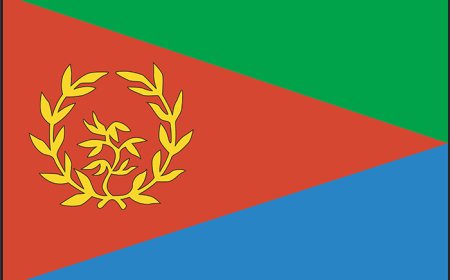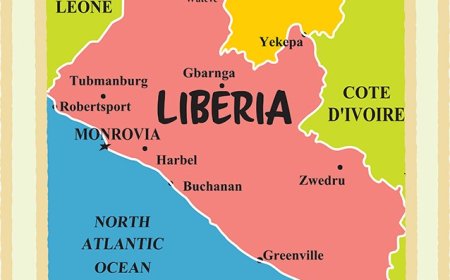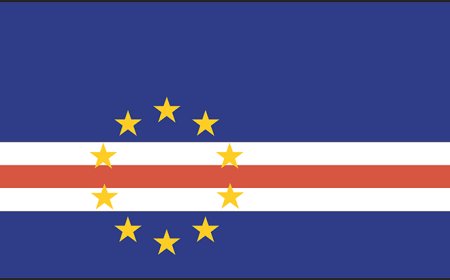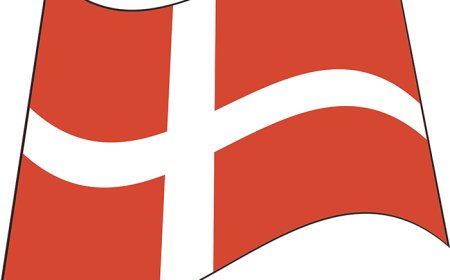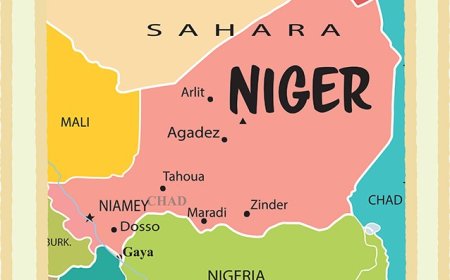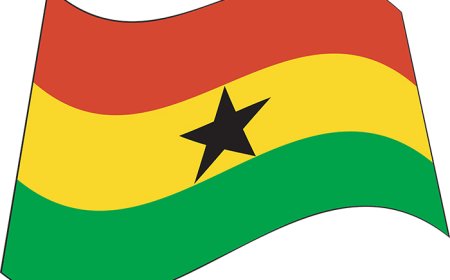Sierra Leone for Students: History, Culture, and Geography of a West African Nation
Explore Sierra Leone’s rich history, culture, and natural beauty in this student-friendly profile. Includes a vocabulary list, quiz, and national education standards.

🌍 Introduction: A Country Rebuilding With Pride
Sierra Leone is a small but remarkable country in West Africa, bordered by Guinea to the north and east, Liberia to the southeast, and the Atlantic Ocean to the west. Known for its beautiful mountains, lush forests, and beaches, Sierra Leone is also remembered for its painful history of slavery and civil war. Yet today, it is a country of resilience, hope, and national pride. Its capital city, Freetown, was founded for freed African slaves, making Sierra Leone one of the most important historical sites for the African diaspora.
🗺️ Geography and Environment
Sierra Leone covers about 72,000 square kilometers (28,000 square miles), making it slightly smaller than the U.S. state of South Carolina. The country's name comes from the Portuguese words Serra Leoa, meaning “Lion Mountains,” a name given because of the rugged mountains that rise near Freetown.
The country has a mix of coastal plains, rainforests, mangrove swamps, and wooded hills. The Loma Mountains, including Mount Bintumani, the highest peak in the country, are located in the northeast. The climate is tropical, with a rainy season from May to October and a dry season from November to April.
Sierra Leone is home to many rivers, including the Rokel, Moa, and Sewa, which support farming and fishing. The country also has protected parks and wildlife areas, where animals like chimpanzees, pygmy hippos, crocodiles, and rare birds live.
🏛️ Government, Language, and Population
Sierra Leone is a democratic republic with an elected president and parliament. The country gained independence from British rule in 1961 and has made strong efforts in recent decades to recover from a brutal civil war that ended in 2002.
The capital and largest city is Freetown, located on the coast. Freetown is also a historic symbol of freedom, as it was established in the 1700s for freed African and African American slaves returning from Europe and the Americas.
Sierra Leone has a population of about 8.5 million people. The country is made up of several ethnic groups, including the Temne, Mende, Limba, Kono, and Krio. The Krio people are descendants of freed slaves and have their own unique language and traditions.
The official language is English, used in schools and government. Many people also speak Krio, a Creole language that blends English with African languages. Other common languages include Mende and Temne.
The majority of the population is Muslim, followed by Christians and some who follow traditional African religions. Religious tolerance is strong in Sierra Leone, and people of different faiths often live and work together peacefully.
🎭 Culture and Daily Life
Sierra Leone has a lively and diverse culture filled with music, dance, storytelling, and crafts. Traditional instruments such as drums, balafons, and koras are used in ceremonies and celebrations. Music is a major part of daily life, and modern Sierra Leonean artists blend traditional rhythms with hip-hop, reggae, and pop.
Family is very important, and many people live in multi-generational households. Children often help with chores, and elders are respected for their wisdom. In rural areas, life centers around farming, while city life is fast-paced and focused on business, education, and public service.
Popular foods in Sierra Leone include cassava leaves, groundnut stew, jollof rice, and fried plantains. Meals are usually eaten together as a family, and hands are commonly used instead of utensils.
Clothing styles range from modern Western outfits to traditional brightly colored fabrics wrapped in creative ways. Festivals, weddings, and naming ceremonies often involve traditional dancing, music, and storytelling.
📜 History: From Slavery to Freedom to Civil War
Sierra Leone has one of the most unique and complex histories in West Africa. Before colonial rule, the region was home to many independent African kingdoms and communities that traded with other parts of Africa and the Middle East.
In the 1700s and 1800s, Sierra Leone became a major part of the Atlantic slave trade, with enslaved Africans taken from the coast and sold to plantations in the Americas. Later, the British established Freetown as a settlement for freed slaves from the Caribbean, the United States, and England. These returnees, known as the Krio people, played a major role in spreading Christianity, education, and European culture throughout West Africa.
In 1961, Sierra Leone gained independence from Britain. However, in the 1990s, a devastating civil war broke out, fueled by political corruption, poverty, and illegal diamond mining. The war lasted until 2002 and caused great suffering and loss. Today, the country has worked hard to rebuild and is recognized for its peaceful democratic elections and post-war reconciliation efforts.
💰 Economy and Resources
Sierra Leone’s economy is based on:
Mining, especially diamonds, gold, and rutile (a mineral used in paints and plastics)
Farming, including rice, cassava, cocoa, coffee, and palm oil
Fishing, which provides both food and income
The country is rich in natural resources, but poverty remains a major challenge. Many people work as subsistence farmers, growing just enough to feed their families. Roads, electricity, and healthcare are still limited in rural areas.
The government and international organizations are investing in education, clean water, and infrastructure to improve life for Sierra Leoneans, especially children and women.
🌿 Wildlife and Natural Beauty
Sierra Leone is full of natural beauty, with white-sand beaches, lush mountains, and rainforests. The Western Area Peninsula National Park near Freetown is home to the Tacugama Chimpanzee Sanctuary, which protects endangered chimpanzees and educates the public about conservation.
Other natural highlights include Tiwai Island Wildlife Sanctuary, which shelters rare monkeys and forest elephants, and the Loma Mountains Forest Reserve, where travelers can hike and explore.
Beaches like River Number Two and Tokeh Beach are among the most scenic in West Africa and attract both tourists and locals.
📚 Vocabulary List
Word Definition
Freetown Capital of Sierra Leone, founded for freed slaves
Krio An ethnic group and Creole language in Sierra Leone
Cassava A root vegetable used in many African dishes
Reconciliation Making peace after conflict or war
Rutile A mineral used in paint and industrial products
Tacugama A sanctuary for rescued chimpanzees
Civil War A war fought between groups within the same country
Teranga A West African concept of hospitality (also used in Senegal)
🧒 Kid-Friendly Summary
Sierra Leone is a country on the coast of West Africa with forests, beaches, and mountains. Its capital, Freetown, was started as a home for people who were once enslaved. The people speak English and Krio, and they eat yummy foods like jollof rice and cassava stew. Although the country had a civil war, today it is peaceful and full of strong, kind people who are proud of their country.
🎯 Interactive Quiz: What Do You Know About Sierra Leone?
1. What is the capital of Sierra Leone?
a) Monrovia
b) Freetown
c) Conakry
d) Accra
2. What major event ended in Sierra Leone in 2002?
a) Independence
b) A drought
c) A civil war
d) World War II
3. What is cassava?
a) A type of tree
b) A musical instrument
c) A root vegetable
d) A sea animal
4. Who are the Krio people?
a) Nomadic herders
b) Diamond miners
c) Descendants of freed slaves
d) Fishermen from the south
5. What language do most Sierra Leoneans speak in daily life?
a) Portuguese
b) Arabic
c) Krio
d) Swahili
6. What is the name of the mountain range in Sierra Leone?
a) Atlas Mountains
b) Loma Mountains
c) Kilimanjaro
d) Mandara Hills
7. What mineral is Sierra Leone famous for?
a) Oil
b) Uranium
c) Diamonds
d) Copper
8. What is the Tacugama Chimpanzee Sanctuary?
a) A zoo
b) A mountain peak
c) A nature park for chimpanzees
d) A fishing village


















































